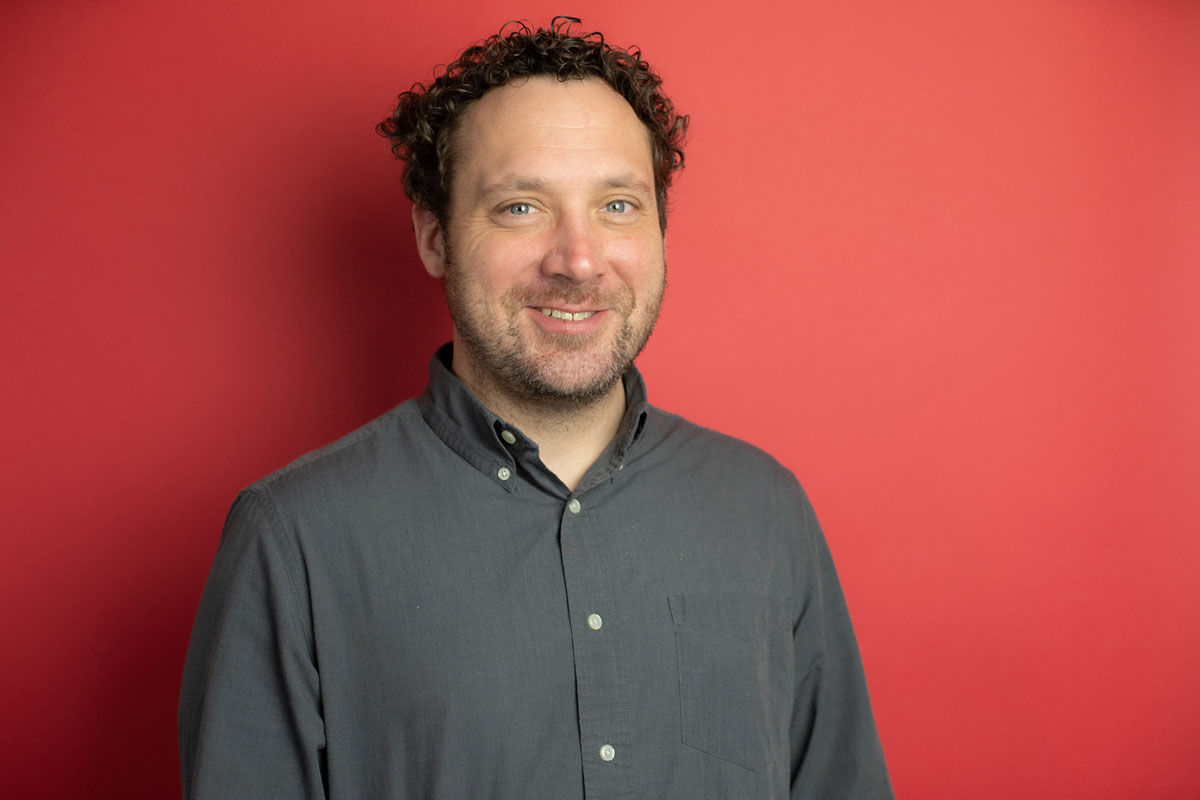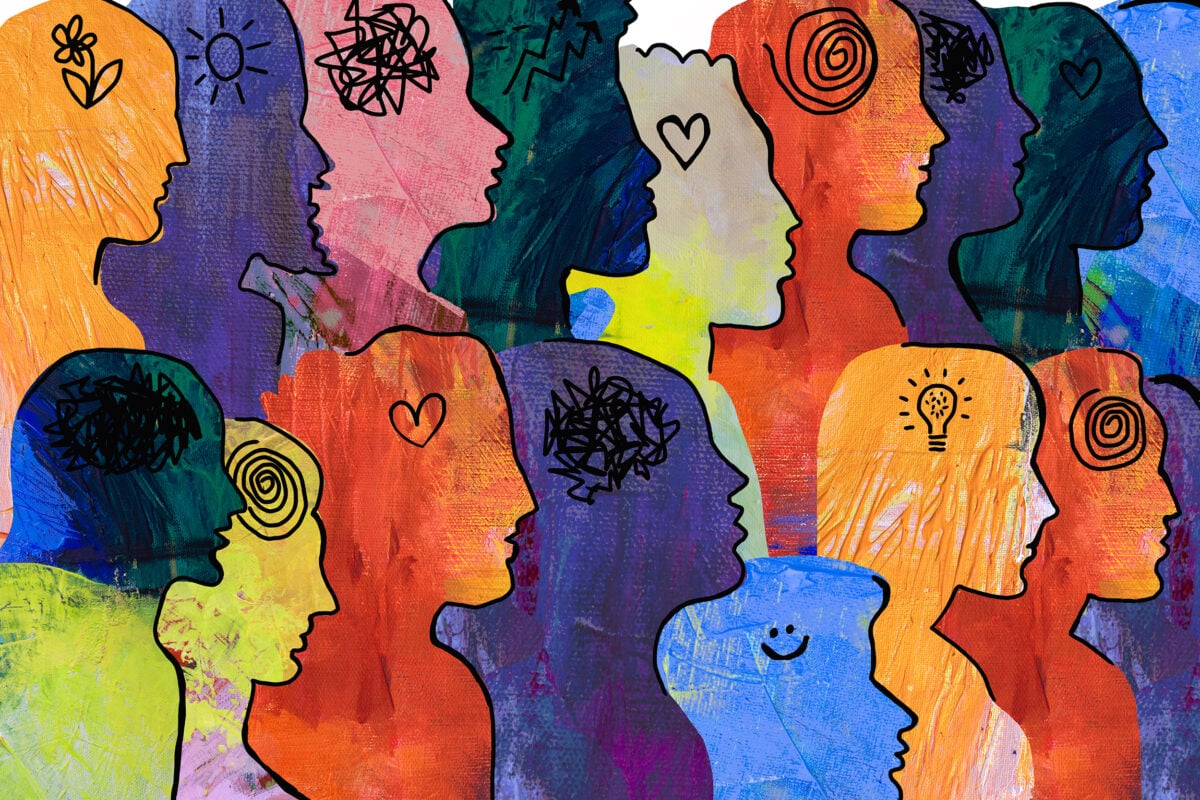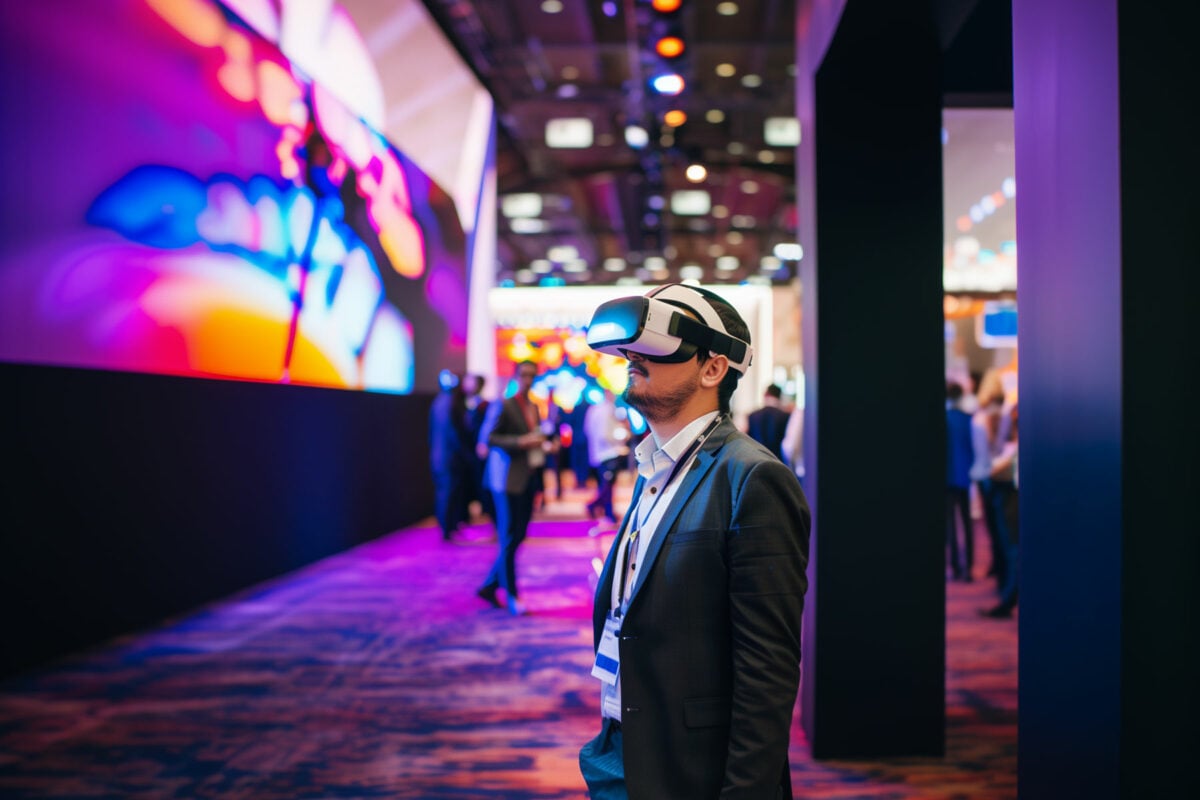When clarity meets creativity, magic happens for everyone
A practical guide to designing beyond the default
Picture this: one in five people around you processes the world a little differently. We’re talking about neurodivergent minds—folks with autism, ADHD, dyslexia, dyspraxia and other beautiful neurological variations that make up roughly 15-20% of our global community in 2025. These figures are supported by the 2024 Neurodiversity at Work Report by Pearn Kandola and findings from Northwestern Medicine.
Yet most marketing, communication and digital experiences completely miss the mark when it comes to reaching these amazing brains.
It’s an inclusion gap. And it’s a missed opportunity.
A 2025 study from the 4As and Understood.org, Unlocking Neurodiversity: A Creative Advantage, found that neurodivergent consumers wield nearly $2 trillion in global spending power. These are people who bring incredible cognitive superpowers to the table—such as lateral thinking, pattern recognition and intuitive problem-solving—and they expect brands to reflect the diversity of the ways they think.
For organizations aiming to reach working parents juggling a million things, patients navigating complex healthcare journeys, neurodivergent team members collaborating with peers, or decision-makers drowning in information overload, the stakes get real pretty quickly:
- Critical information may not reach those who need it most.
- Digital tools and campaigns become frustrating puzzles instead of helpful solutions.
- Brand relationships crumble when people feel left out or misunderstood.
Here’s our take: creating for neurodivergent audiences isn’t just about doing what’s right—it’s the smart thing to do.
From good intentions to great experiences
The truth about neuroinclusive design? It doesn’t require a complete overhaul of everything you’re already doing. Whether you’re building a campaign, redesigning a website or planning an internal event, inclusive thinking can improve how your content lands and how your audience responds.
Let’s dive into three areas where small shifts create big impact, plus some practical moves you can try right away.
Experiential: Meetings and events
Creating spaces for focus, comfort and contribution
You know that feeling when you walk into a meeting and immediately know whether you belong? For neurodivergent participants, that moment happens (or doesn’t happen) fast—and it shapes everything that follows. Whether it’s a strategy session, leadership roundtable or a live event, how information is shared can make or break engagement.
Ways to make meetings more inclusive:
- Share agendas in advance. Include time estimates, visuals and clear outcomes.
- A live event’s kickoff or close sets the tone and often exudes high energy. Consider a more balanced energy level that suites your entire audience.
- Offer sensory-friendly options for lighting, noise and seating in physical spaces. In virtual sessions, support captioning and flexible ways to engage.
- Honor different communication styles. Some ideas come through spoken word, others through written thoughts shared before or after the meeting. Make room for both.
- Balance structure and flexibility. Predictable flow helps reduce anxiety. Built-in flexibility allows people to engage at their own pace.
These adjustments support more meaningful participation and more effective collaboration.
Creative: Content, design and video
Crafting stories that invite everyone in
When marketing materials rely on dense copy, flashy visuals or fast-paced edits, they can create friction for people who process information differently.
Creative practices that welcome more minds:
- Write with clarity. Use clear, straightforward language. Ditch the jargon. Structure content so it’s easy to scan and understand.
- Design for accessibility. Prioritize clean layouts, visual hierarchy and color contrast.
- Make video sensory-conscious. Avoid disorienting transitions or strobing effects. Always include captions or transcripts—they’re helpful for more people than you think.
- Be intentional about representation. Include neurodivergent individuals in your stories and creative process. Authenticity matters.
When content is easier to understand, it’s easier to trust. And when people trust you, they’re more likely to listen and take action.
Digital: UX, UI and development
Making Digital Experiences Work for More Minds
Neurodivergent users often encounter barriers in digital environments that aren’t visible in analytics. Confusing layouts, distracting animation or inflexible interactions can turn simple tasks into puzzles.
Ways to make digital spaces more welcoming:
- Follow web accessibility standards. WCAG 2.2 AA+ should be your baseline. Build with screen readers, keyboard navigation and visual clarity in mind.
- Reduce cognitive load. Break complex tasks into smaller steps, use visual cues and simplify complex processes. For example, time-based requirements need special attention—think completing a checkout in five minutes to avoid losing the item in your basket . Provide ways to extend the time allotment or cancel it altogether.
- Allow personalization. Let users adjust type size, color modes or motion settings to fit their preferences.
- Test with real humans, not just tools. Automated testing catches some issues but nothing beats feedback from actual neurodivergent users who experience your product in reality.
The bottom line: Inclusive design drives connection and belonging
By building marketing and communications with neurodivergent audiences in mind, you will build work that resonates across real-life differences in how people think, communicate and engage. And when inclusion becomes part of your creative DNA from day one, everything gets better. Your messages become clearer. Your experiences become more personal. Your brand becomes more human. The result? Stronger performance, deeper trust and broader reach.
In a world that’s constantly demanding faster and louder, designing with neurodivergent audiences in mind invites us to think more intentionally about what we put out into the world. And that’s a win for everyone.






